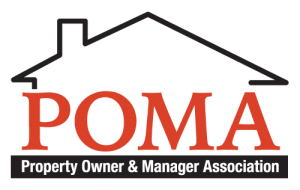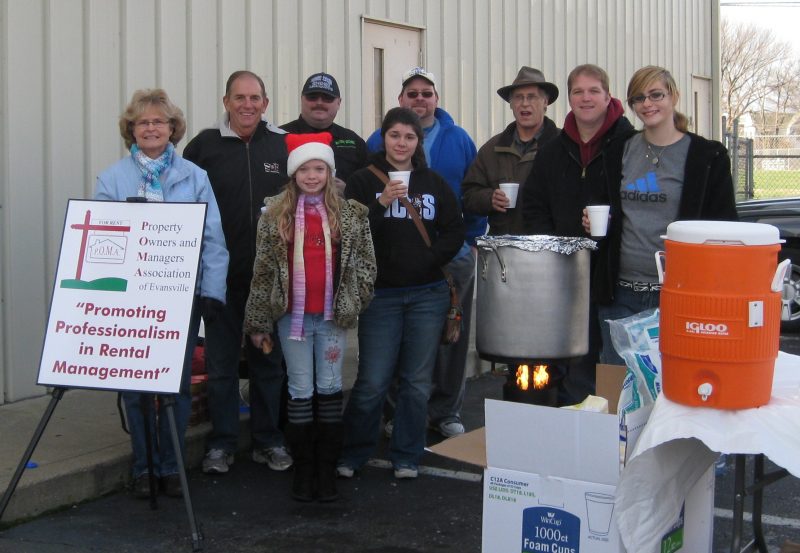EVANSVILLE — The Vectren customers who spoke at a public hearing Monday night didn't have much bad to say about the utility company's planned upgrades at its Posey County power plant.
But many of the speakers were strongly opposed to Vectren's plan for paying for the work.
Earlier this fall, Vectren filed a request with the Indiana Utility Regulatory Commission to add a monthly charge of up to $1.08 per residential customer. That fee would pay for a $32 million project to upgrade the plant's turbine blades.
Vectren says the improvements, known as dense pack technology, will allow its Posey County plant to burn less coal while producing the same amount of electricity. And, the company says, because the plant will use less coal the reduced fuel costs will more than offset the additional fee, meaning that even with the fee customer bills will be reduced slightly.
Monday's hearing, attended by about 130 people plus members of the regulatory commission and attorneys, gave Vectren customers a chance to speak on the matter and have their comments included in the official case file.
Commission Chairman James Atterholt was present, as were commissioners Kari Bennett and David Ziegner. Two commissioners, Larry Landis and Carolene Mays, were absent.
Many who spoke said they oppose having Vectren's customers pay for the project.
Among numerous state and local elected officials who spoke was Rep. Gail Riecken, D-Evansville, who said her constituents are especially upset about this case because it comes on the heels of an increase in Vectren's electricity rates earlier this year.
"Vectren should be required to present alternative funding proposals ... I am sure there would be one less costly to consumers," Riecken told the utility commissioners.
Monte Fetter, president of the Property Owners and Managers Association of Evansville, called attention to the fact that Vectren's electric rates are among the state's highest.
Through his involvement with the Property Owners and Managers Association, Fetter said he is aware of cases in which renters' monthly utility costs exceed their monthly rent payments.
Fetter suggested that Vectren pay for the dense pack project out of its own pocket rather than asking its customers to do so.
"Give us a chance to heal from all the other increases that we've had in the past. We're still trying to catch up."
The Rev. Larry Rascoe, pastor of Nazarene Missionary Baptist Church, said his church maintains a fund to help people facing financial hardship. Utility costs are one of the top reasons people seek assistance from the fund, Rascoe said.
The pastor praised Vectren as a "great corporate community citizen," and he said he supports the company's ongoing efforts to operate more efficiently.
Customers too, Rascoe said, must do their part. One big issue, Rascoe said, is that so many local homes are not energy-efficient. Someone who lives in such a home, Rascoe said, will end up paying higher bills because of energy leakage.
"It doesn't matter what the (utility) rate is if the homes aren't weatherized," he said.
Another speaker, Donna Blanchard, said she finds it "ludicrous" that Vectren wants to add another fee to her monthly bill.
While acknowledging that her home needs energy-efficiency upgrades, Blanchard said she will be the one who bears the cost of those upgrades. She can't pass along these costs, Blanchard said, so why should Vectren pass along the cost of its project? "Vectren needs to find another way to finance this than to go and increase our rates," Blanchard said.
Monday's hearing was just one step in the regulatory process.
The Office of Utility Consumer Counselor, the state entity that represents utility customers' interests in regulatory matters, has until Dec. 15 to complete its file and file its testimony in the case. Vectren has until Jan. 6 to file rebuttal testimony, and an evidentiary hearing is set for Jan. 18 in Indianapolis.
Vectren customers still have a chance to make their voices heard.
Written comments may be submitted until Dec. 9. Comments can be submitted by email at uccinfo@oucc.in.gov; by mail to Consumer Services Staff, Indiana Office of Utility Consumer Counselor, 115 W. Washington St., Suite 1500 South, Indianapolis, IN 46204; or by fax to 317-232-5923.
WFIE - Vectren Customers Say No Rate Increases
 Here are a few handy tips and tricks for landlords to help your renter’s IERA application process:
Here are a few handy tips and tricks for landlords to help your renter’s IERA application process:


